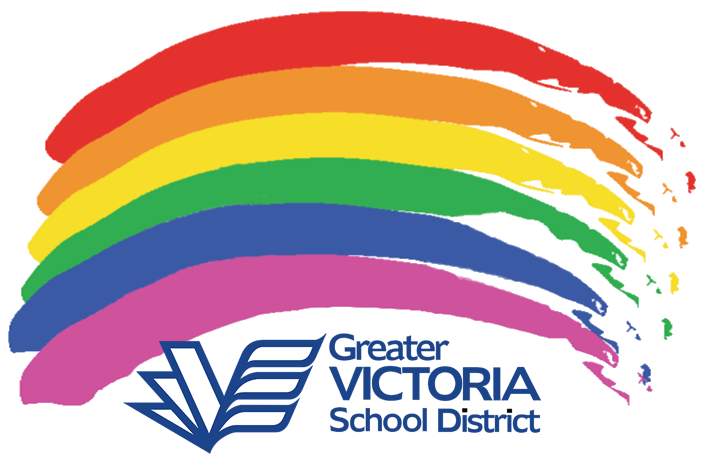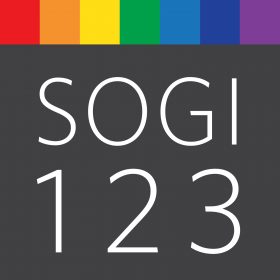
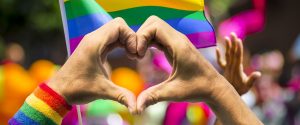
SOGI stands for sexual orientation and gender identity. Contrary to popular belief, SOGI 1 2 3 is not an explicit curriculum, it encompasses learning resources for parents and educators in addition to guidelines for physical environments and district policies and procedures. The goal of SOGI is to support all students, regardless of their sexual orientation or gender identity, and provide educators with the capacity to build inclusive school environments.
All 60 school districts in British Columbia, having partnered with SOGI 123, support the use of these resources by students, parents, and educators. While neither SOGI nor SOGI 123 are prescribed curriculum, teachers are encouraged to integrate them throughout their practice to create safe, welcoming, and inclusive learning environments. SOGI is thus embedded–their are no SOGI “units”; inclusion is not optional.
Quick Links to the Sections of this Page
- SOGI 123
- Sexual Orientation and Gender Identity
- Policy and Regulation 4305 – Gender Identify and Gender Expression
- Gender & Sexuality Alliances (GSA) and Rainbow Clubs
- School SOGI Leads
- Rainbow Week
- Educator Resources
- Community Resources
- Bite-Sized SOGI Resources
- SOGI in Elementary Schools – Video Link
- SOGI in Secondary Schools – Video Link
Learning Opportunities
What is SOGI-Inclusive Education
Parents’ Guide to SOGI in Schools
SOGI 123
SOGI 123 is a network of stakeholders in education created by the ARC Foundation and in collaboration with the Ministry of Education, BC Teachers’ Federation, UBC Faculty of Education, and many school districts across BC. Presently, all 60 BC school districts have joined the educators’ network which “helps educators make schools inclusive and safe for students of all sexual orientations and gender identities (SOGI).” SOGI-inclusive education sees that “students’ biological sex does not limit their interests and opportunities and their sexual orientation and how they understand and express their gender are welcomed without discrimination” (sogieducation.org). Here, gender is not the most important thing about students: students are taught that the similarities among them are more important than the differences which are, to a large extent, constructed and which often result in two teams that play and work apart from–and often against–each other.
Sexual Orientation and Gender Identity
SOGI is a term used for two key parts of a person’s identity.
Sexual orientation is a term used to describe your pattern of emotional, romantic or sexual attraction. Sexual orientation may include attraction to the same gender (homosexuality), a gender different than your own (heterosexuality), both men and women (bisexuality), all genders (pansexual), or neither (asexuality).
Gender identity is your internal and psychological sense of yourself as a woman, a man, both, in between or neither. One’s gender identity can be the same or different from their sex assigned at birth and it’s up to the individual to make that determination. People whose gender identities match the sex they were assigned at birth are cisgender. People whose gender identities are different than the sex they were assigned at birth may use the word transgender (trans) or another term they feel more aligned with.
Sexual orientations and gender identities that aren’t heterosexual or cisgender are often described by the acronym LGBTQ2S+. This is an acronym that stands for Lesbian, Gay, Bisexual, Transgender, Queer or Questioning, and Two-Spirit. Two-spirit, is an important term within some Indigenous cultures, meaning a person with both a feminine and a masculine spirit living in the same body. The plus sign is inclusive of any additional sexual orientations and gender identities beyond this list and for some, also stands for love and acceptance.
It’s important to know however that sexual orientation and gender identity are not the same thing. It’s a common misconception that gender identity and sexual orientation are connected. If someone is transgender, for example, many people automatically assume that they must also be gay. Transgender people may be straight, lesbian, gay, or bisexual. For example, a person who transitions from male to female and is attracted solely to men would typically identify as a straight woman. In simple terms, sexual orientation relates to who you have romantic feelings towards and gender identity relates to how individuals perceive themselves and what they call themselves. It can mirror what a person was assigned at birth, or be entirely different.
SOGI is an inclusive term that applies to everyone. Since we all have a sexual orientation and gender identity, it includes all of us. Every student understands and expresses their gender differently, with interests and choices that are common or less common for their gender. Some students may also be unsure of their sexual orientation or gender identity. A SOGI-inclusive school means that all of these experiences and identities are embraced and never cause for discrimination.
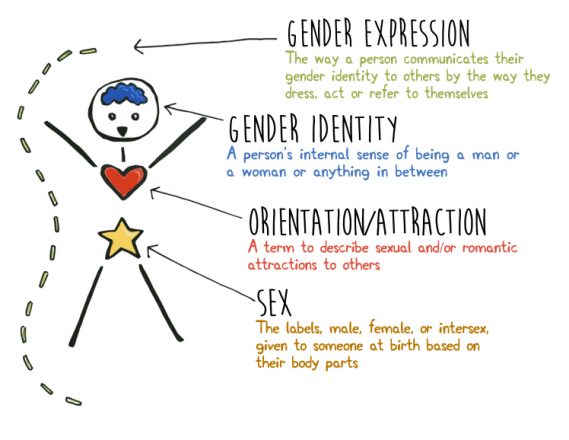
Policy and Regulation 4305 – Gender Identify and Gender Expression
In 2016 the Greater Victoria School District passed policy and regulation 4305
These outline the expectations, behaviours, language and actions required to support inclusion, and prevent marginalization or discrimination within schools. The policy guides how schools discuss gender and health and ensures access to gender neutral washrooms and change rooms for students and staff. There is also a requirement that every school have at least one adult who acts as a SOGI Lead or go-to educator for LGBTQ2S+ students, staff and families.
- Regulation 4305 Gender Identity and Gender Expression
- Policy 4305 Gender Identity and Gender Expression
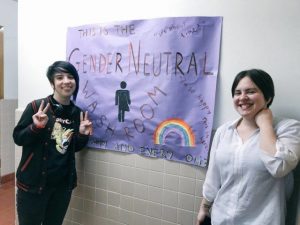
Gender & Sexuality Alliances (GSA) and Rainbow Clubs
Gender and Sexuality Alliances (GSAs) are groups that provide opportunities for students of all sexual orientations and gender identities to come together in a safe environment. GSAs focus on supporting one another, raising awareness about the issues faced by queer and trans people, and challenging discrimination based on gender identity and sexual orientation. A GSA can be peer-led by students, led by a GSA sponsor who is a supportive adult such as a teacher or youth worker or it can be co-facilitated by both a student and a GSA sponsor.
Having a GSA at your school is proven to improve the sense of safety and the overall mental health of all students. This effect is cumulative and increases over time.
- 10 Steps to Starting a GSA at your School (BCTF)
- Starting a GSA in your Elementary School (BCTF)
- So You Wanna Start a GSA?
- Out in Schools: GSA Support
- GSAs: Making Schools Safer for Everyone
- SD61 GSA Storytime Video Resources
- SD61 GSA / SOGI Lead School Poster Templates (8.5″x11″)
- SD61 GSA / SOGI Lead School Poster Templates (11″x17″)
School SOGI Leads
School SOGI leads play key roles within their school communities. The SOGI School Lead is responsible for raising awareness of SOGI issues and supporting students and teachers in their school to be inclusive and implement SOGI policies and initiatives. They will meet with the District SOGI lead and connect with leads from all the other schools in the district. They may also be their schools GSA or Rainbow Club sponsor or may not be. You do not need to be a member of the LGBTQ2S+ community to be a GSA or SOGI lead at your school. Your role will be the main contact for any district or provincial SOGI related matters and you will be expected to communicate this information within your school community.
Every SD61 school is required to have an identified SOGI Lead or Go-To Educator for LGBTQ2S+ students, staff and families.
Read the full School SOGI Lead Description
Rainbow Week
Rainbow week coincides with the International Day Against Homophobia, Transphobia, and Biphobia which takes place every year on May 17th. The purpose of the week is to celebrate gender diversity and inclusion in our schools, to acknowledge that we are working to create safe and welcoming spaces for all LGBTQTS+ and gender diverse students.
- Read about suggested grade-level appropriate Rainbow Week Activities
What about PRIDE?
Typically, SD61 participates in the Victoria Pride parade with a float and the representation from school SOGI / GSA Leads and student GSA / Rainbow Club members. This event usually takes place in the first week of July. Because this event falls outside of the regular school calendar, we celebrate Rainbow Week as a visible and inclusive way to acknowledge and celebrate our LGBTQ2S+ and gender diverse community.
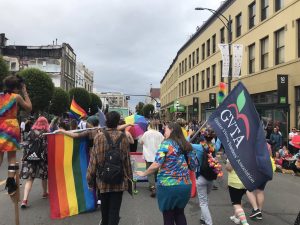
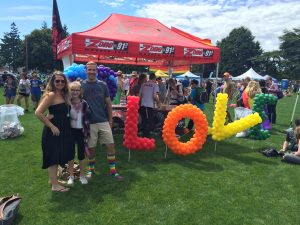
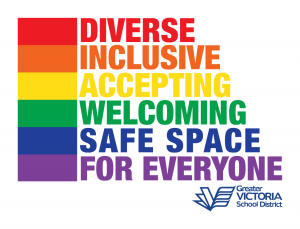
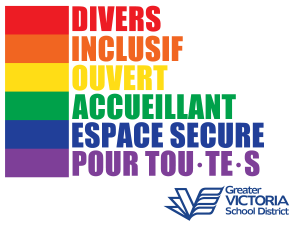
Educator Resources
SOGI 123 Educator Guide
This SOGI-Inclusive Education Resource Guide concisely shares practices recommended by educators who have been actively supporting students of all Sexual Orientations and Gender Identities (SOGI) for years. The BC K-12 SOGI Collaborative prioritized the development of the resource guide to support SOGI Leads who also contributed and provided substantial input.
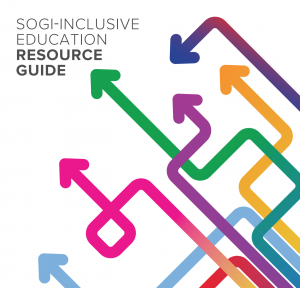
A Curated List of SOGI Books for K-12
You’ve Got Questions, What Now? A resource guide to supporting gender-questioning students (BCTF)
Community Resources
SD61 Safe and Caring Schools Community Resource List (start here first)
Out in Schools – BC-based, award-winning education program.
PFLAG Victoria– Parents, Caregivers & Families, Pride
Qmunity – for people from the “LGBTQ2S community to meet, guide, and support one another.
Transcare BC – Provincial Health Services Authority.
SOGI Presentation – SD61 Education Policy Meeting – June 7, 2021
https://youtu.be/V3v0r1VCq68?t=3984
SD61 SOGI 1-2-3 Related Events
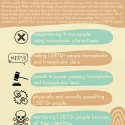
Bite-Sized SOGI: Continuum of Violence
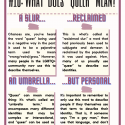
Bite-Sized SOGI: What Does Queer Mean?
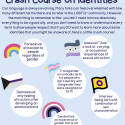
Bite-Sized SOGI: Happy Alphabet Soup
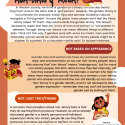
Bite-Sized SOGI: What Does Non-Binary Mean?
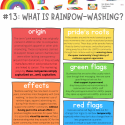
Bite-Sized SOGI: Rainbow Washing
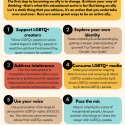
Bite-Sized SOGI: Allyship is a Verb
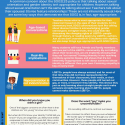
Bite-Sized SOGI: SOGI is Age Appropriate
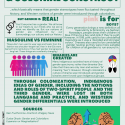
Bite-Sized SOGI: Gender is a Social & Colonial Construct
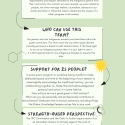
Bite-Sized SOGI: Two-Spirit Identities
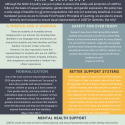
Bite-Sized SOGI: Why is SOGI 123 so important?
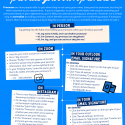
Bite-Sized SOGI: How to Provide Your Pronouns
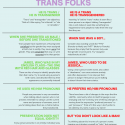
Bite-Sized SOGI: Talking About Trans folks
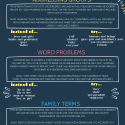
Bite-Sized SOGI: Inclusive Language
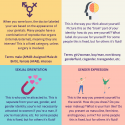
Bite-Sized SOGI: Sex vs. Gender
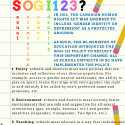
Bite-Sized SOGI: What is SOGI 123?
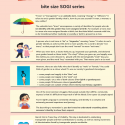
Bite-Sized SOGI: What does “trans” mean?
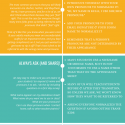
Bite-Sized SOGI: Names & Pronouns
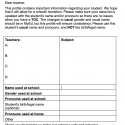
First Day SOGI Resources
Bite-Sized SOGI Resources

Bite-Sized SOGI: Continuum of Violence

Bite-Sized SOGI: What Does Queer Mean?

Bite-Sized SOGI: Happy Alphabet Soup

Bite-Sized SOGI: What Does Non-Binary Mean?

Bite-Sized SOGI: Rainbow Washing

Bite-Sized SOGI: Allyship is a Verb

Bite-Sized SOGI: SOGI is Age Appropriate

Bite-Sized SOGI: Gender is a Social & Colonial Construct

Bite-Sized SOGI: Two-Spirit Identities

Bite-Sized SOGI: Why is SOGI 123 so important?

Bite-Sized SOGI: How to Provide Your Pronouns

Bite-Sized SOGI: Talking About Trans folks

Bite-Sized SOGI: Inclusive Language

Bite-Sized SOGI: Sex vs. Gender

Bite-Sized SOGI: What is SOGI 123?

Bite-Sized SOGI: What does “trans” mean?

Bite-Sized SOGI: Names & Pronouns



